Project Z is a skirmish wargame set on a Post-Apocalyptic Earth, in which you battle both the hazardous environment and the scourge of the ever-growing hordes of the undead that roam the dilapidated streets. You’ll have to equip your survivors wisely, scavenge for resources, and make sure that, come sunrise, they haven’t become meals or, perhaps worse, succumbed to the mysterious malady that will render them a conscienceless hunter of human flesh.
In this article, we’ll take a look at the basic gameplay of Project Z.
Playing the Game
A turn in Project Z is divided into three distinct phases: Initiative, Action and Upkeep.
Initiative
In this phase, each player rolls five combat dice to determine to order of activation. The player that rolls the highest number of hits becomes the ACTIVE player.
Action
This is the meat of the turn, with each player (beginning with the active) moving their miniatures in turn, followed by all Zombies moving. Players will then have the opportunity to fire any ranged weapons – which Zombies, fortunately, have no ability to enact (unless they’re a Beast!). Finally, the melee sub-phase allows players to move and fight, followed by the Zombie’s movement.
Movement Subphase
Movement is a key aspect of survival. Characters will need to manoeuvre the mean streets in order to capture objectives, avoid the clutches of the undead or set up defensive positions against the inexorable hordes or even rival gangs.
Characters move a number of inches equal to the value of their movement profile. This distance can be affected by scenery and characters may not finish their movement within 1” of an unfriendly model.
After all characters have had the opportunity to move, the zombies will swarm in. Zombies always move 4” towards the nearest living enemy character (regardless of visibility). They are similarly unable to move within 1” of an enemy model within the movement sub-phase.
Shooting Subphase
When performing a shooting action, the attacker must first establish line of sight to its target. If the measuring ruler is partially obscured by terrain or other enemy miniatures, the shot will be deemed obscured, and the shot inaccurate. If a single piece of terrain or enemy miniature covers the whole width of the ruler, line of sight is blocked and the shot cannot be taken.
The target must also be in range. Each weapon has an effective range. This ranges from pistols (6”) to machine guns (24”). Weapons can also be fired at up to twice their effective range – but this also renders the shot inaccurate.
To resolve the shooting action, the attacker rolls a number of combat dice equal to the weapon’s ranged value added to the character’s ranged modifier value. If the shot is inaccurate, they will then subtract a number of combat dice equal to the number of rules or elements that caused the shot to be inaccurate.
The defender will then roll a number of combat dice equal to their resilience value. The attacker’s number of hit results rolled is then compared to the defender’s number of defence results rolled. If there are more hits, damage will then be applied (see below).
Melee Subphase
At the start of the melee subphase, players have the opportunity to engage in close combat. If any of their characters are within 2” of an enemy they may move that character into base contact – initiating an immediate melee.
Both attacker and defender then roll a number of dice equal to their melee weapons combat value plus or minus their character’s melee modifier value. The following modifiers also apply:
- Engaging Modifier: The miniature that engaged the combat gets an additional combat dice
- Multiple Combat: An extra dice if attacking the target that has already been attacked this round. This is cumulative. So the third miniature to attack the same target in a round will gain plus two dice. The fourth – plus three dice… and so forth.
- King of the Hill: The miniature that has higher ground gets an extra combat dice.
After dice are rolled, whoever scored the most hits is the winner, and will apply damage (see below).
After damage has been applied, the melee must be resolved:
- If all of the combatants on one side are slain, nothing else is required.
- If all the combatants on one side are Shocked, the winner can use a grit point or an additional attack (if available) to immediately finish off a shocked miniature. Otherwise all Shocked miniatures are pushed back 1”.
- If there are fully operative combatants on both sides, the attacking characters are pushed back 1” by the non-engaging side.
After all player characters have had the opportunity to engage, Zombies will engage in exactly the same way. A zombie group composed of more than one miniature must engage one single enemy character wherever possible.
Play then proceeds to the upkeep phase.
Upkeep
At the end of each turn, Shocked miniatures are recovered, players roll to reload weapons where applicable, hands of combat cards are replenished, and most crucially (and unfortunately), more Zombies are spawned.
Damage
Whenever a shooting or melee attack is resolved, you must roll a dice for every non-cancelled hit result to determine the fate of a character:
- Defence Result: Flesh wound – the character remains fully operative.
- Hit Result: Shocked – Lay the model face down where it stood. Assuming survival, the character will recover and stand during the next Upkeep phase.
- Surge Result: Slain – The model is immediately removed from the table.
This cover the basics of gameplay, but players with desire for an extra challenge may use the additional rules dubbed For True Survivors. These include combat cards, grit tokens and ammo control. Although we won’t dig into these much now; we’ll dig deeper in future articles.
Characters
Characteristics of miniatures are shown by their character cards. Miniatures are typically armed with weaponry as depicted on their miniature. All character cards share the following key elements:
- Number of miniatures – represented by a number of silhouettes or with a multiplier.
- General profile of the miniatures in the card.
- Special traits of the miniatures.
- Grit tokens that the card contributes to the group’s Grit pool.
- Special traits & rules summary. These are described in full on the rear of the character card.
The general profile has four main values that describe a character’s stats:
- Movement: The distance (in inches) a character is able to move during the movement phase.
- Resilience: This represents armour, damage resistance and combat training of a miniature. The value is the number of combat dice rolled as a result of being shot at.
- Melee: Skill at hand-to-hand combat – this value is added to (or subtracted from) the number of combat dice rolled during a melee action
- Shooting: Skill at firearms – this value is added to (or subtracted from) the number of combat dice rolled when making a shooting action
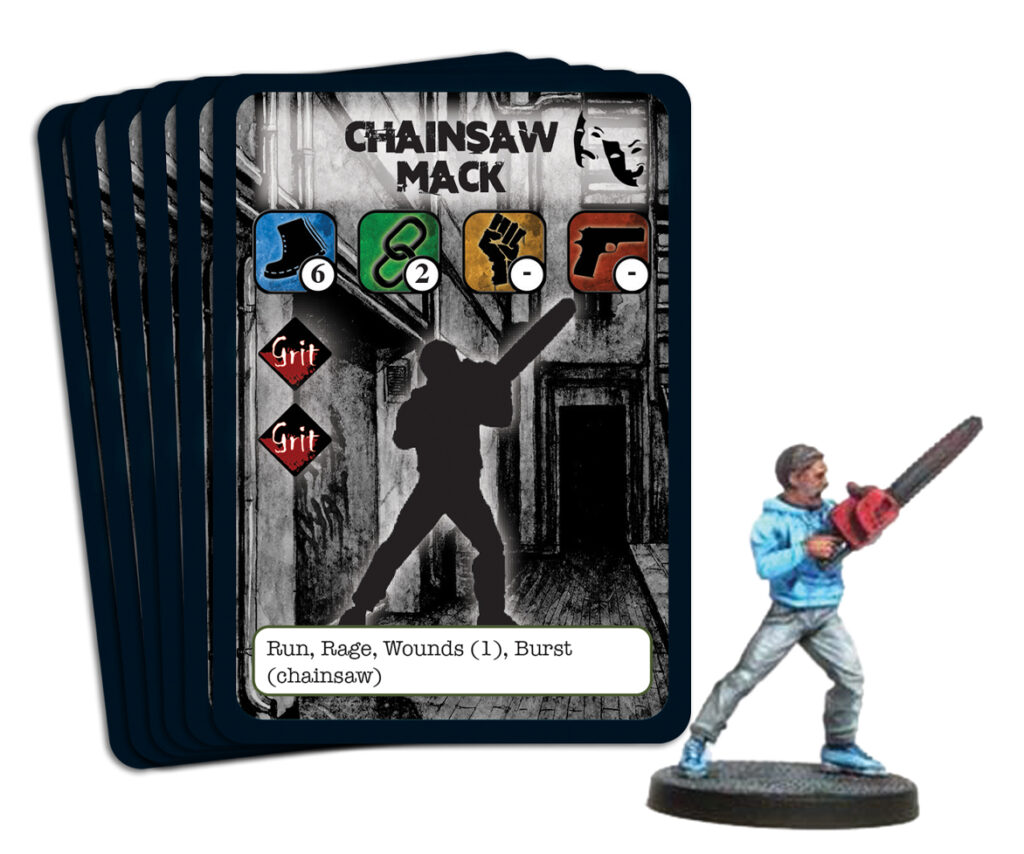
Character Example: Chainsaw Mack has no bonuses or subtractions when making shooting or melee attacks, rolls two dice against incoming shooting attacks, and is capable of moving six inches. He contributes two grit tokens to the group’s pool. He has the following special traits:
- Run: During the Shooting Sub-Phase, this character can make an additional 4” move instead of shooting.
- Rage: During a melee attack, this character can reroll all surge results.
- Wounds (1): If this character would be shocked or slain, instead place a wound token next to it. If the character already has a wound token, the next time the character is wounded damage is inflicted normally.
- Burst (Chainsaw): When using this weapon, combat dice results may be distributed to any valid target within 1” instead of the usual single target allowed.
Chainsaw Mack is armed with; no points for guessing; a chainsaw. This has a weapon value of a whopping 10, and also gets +2 combat dice for engaging (rather than the usual +1). However, it does require reloading – which means that after use it receives a token. The character must roll a defence result on a combat dice during a subsequent upkeep phase before the weapon can be used again.
Other Teams
You are not restricted to playing as survivors in Project Z. There are other avenues one might explore in the infested streets. You may choose to field a tough biker gang, whose kill-or-be-killed attitude has been the key to survival. There are highly equipped and trained Special Forces operatives, tasked with purging the undead plague, or you can even turn the game on its head and play as the Zombies (a task usually reserved for the game’s AI).
We’ll have a more in-depth look at creating Character Teams in a future article.
Order Now
Returning to the Warlord Webstore as a strictly limited release – Project Z, along with all its expansions, is now available to pre-order. Get ahead of the undead (or play them as a faction!) with one of our Pre-Order bundles. All come with the starter game. The Gamer edition provides extra survivors and zombies; the Collector’s edition contains all of that and adds in the Biker Gang Box and Zombie characters – or for the full Project Z experience – grab the Ultimate Bundle which includes one of everything!
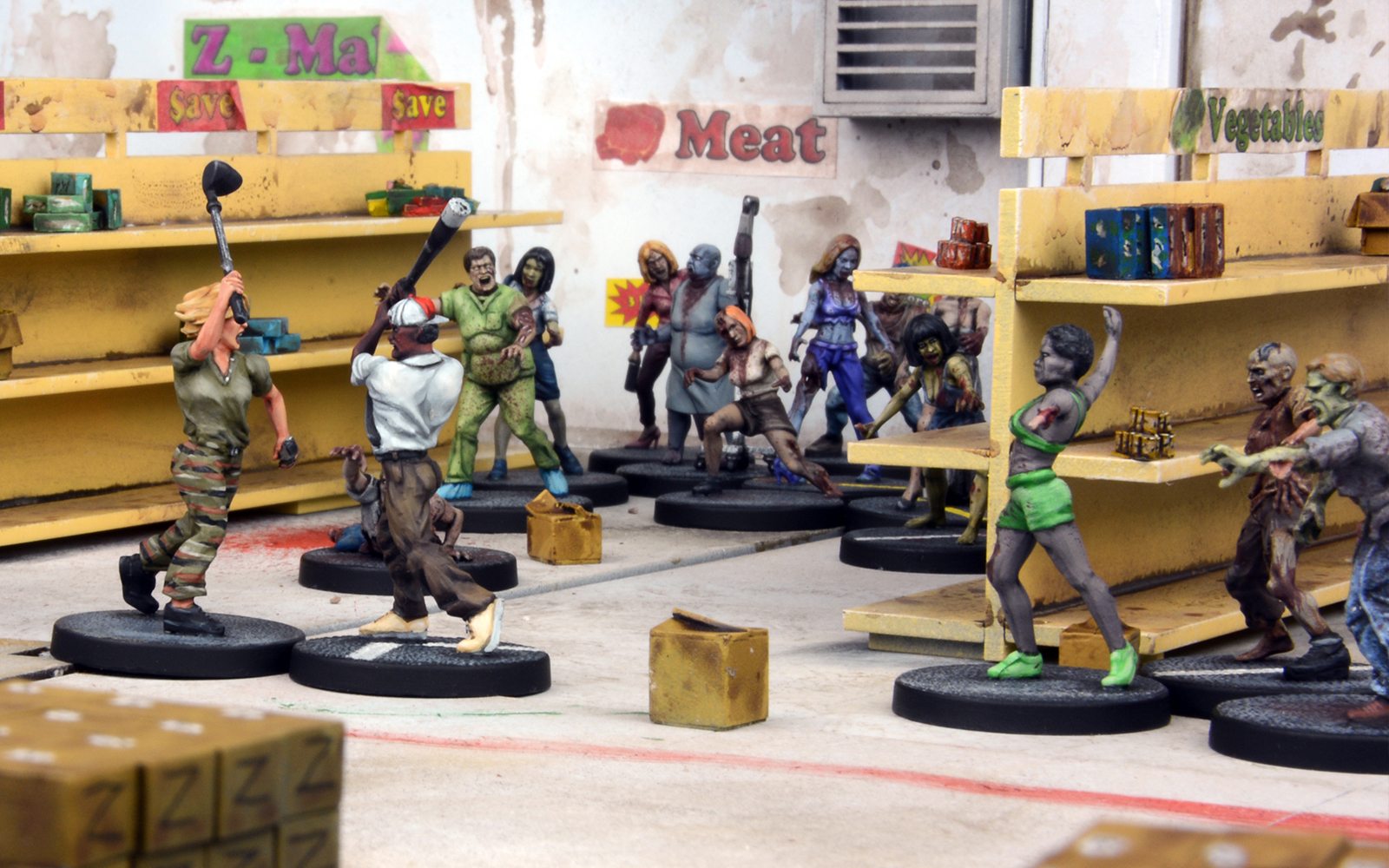
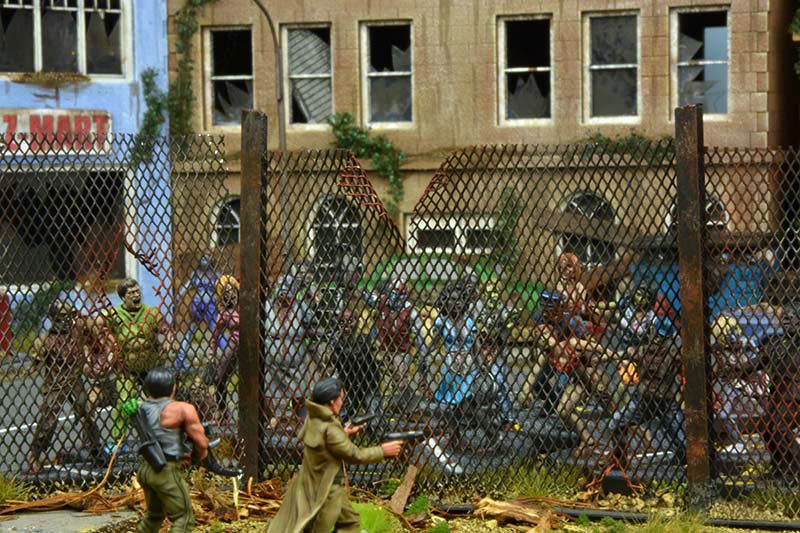
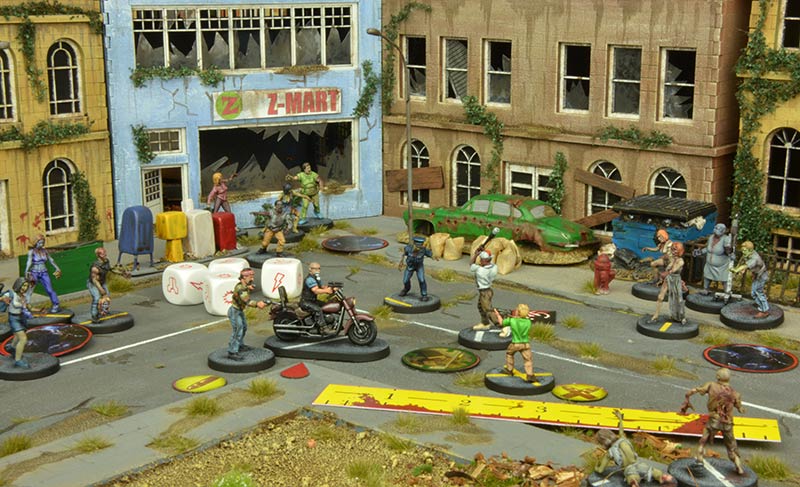
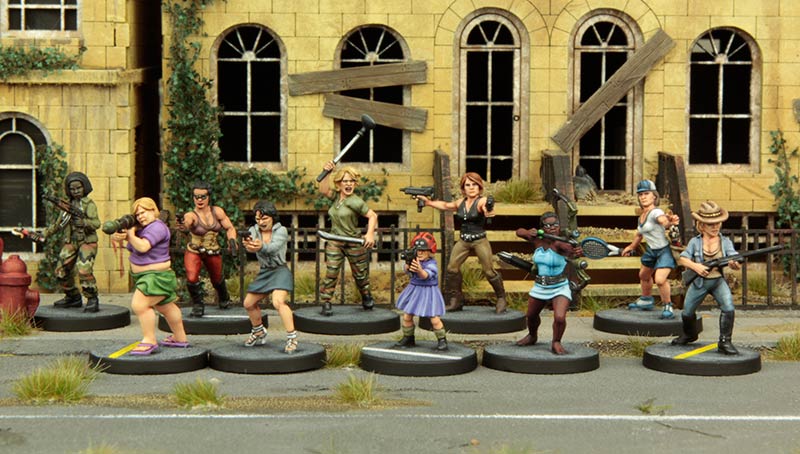
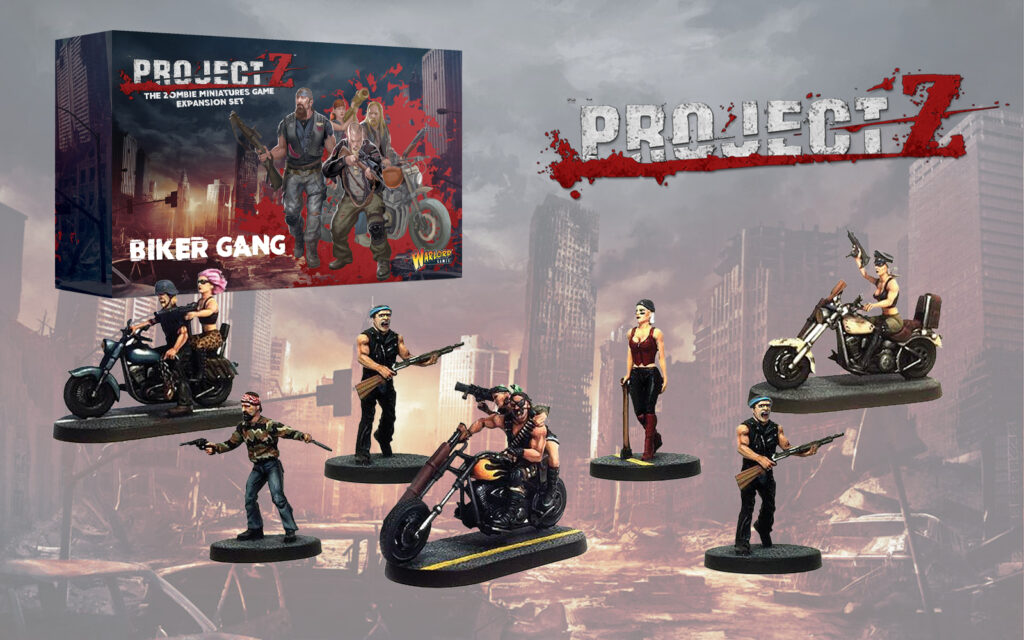
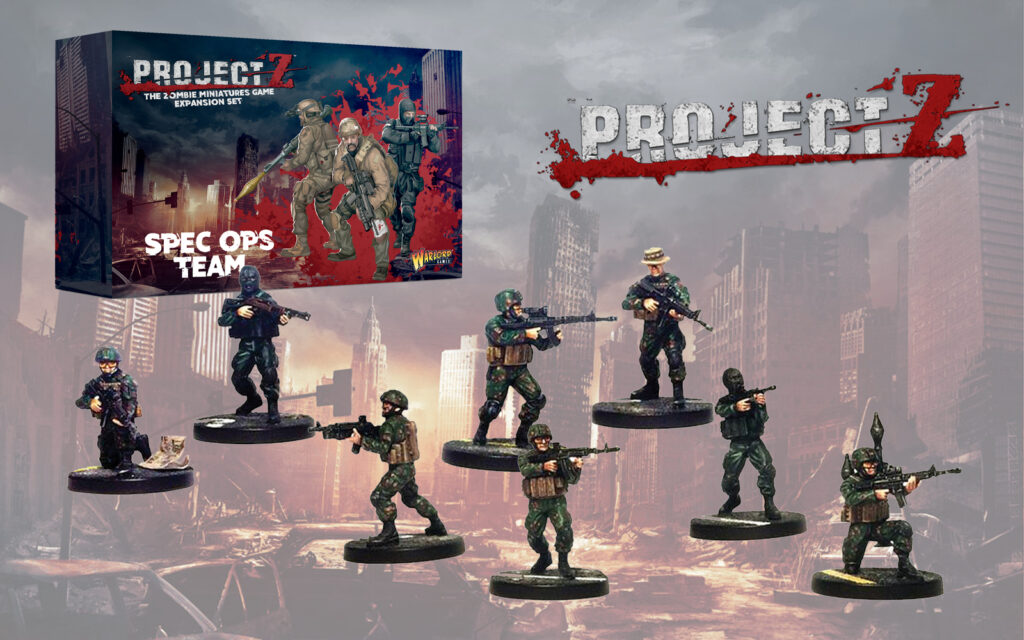
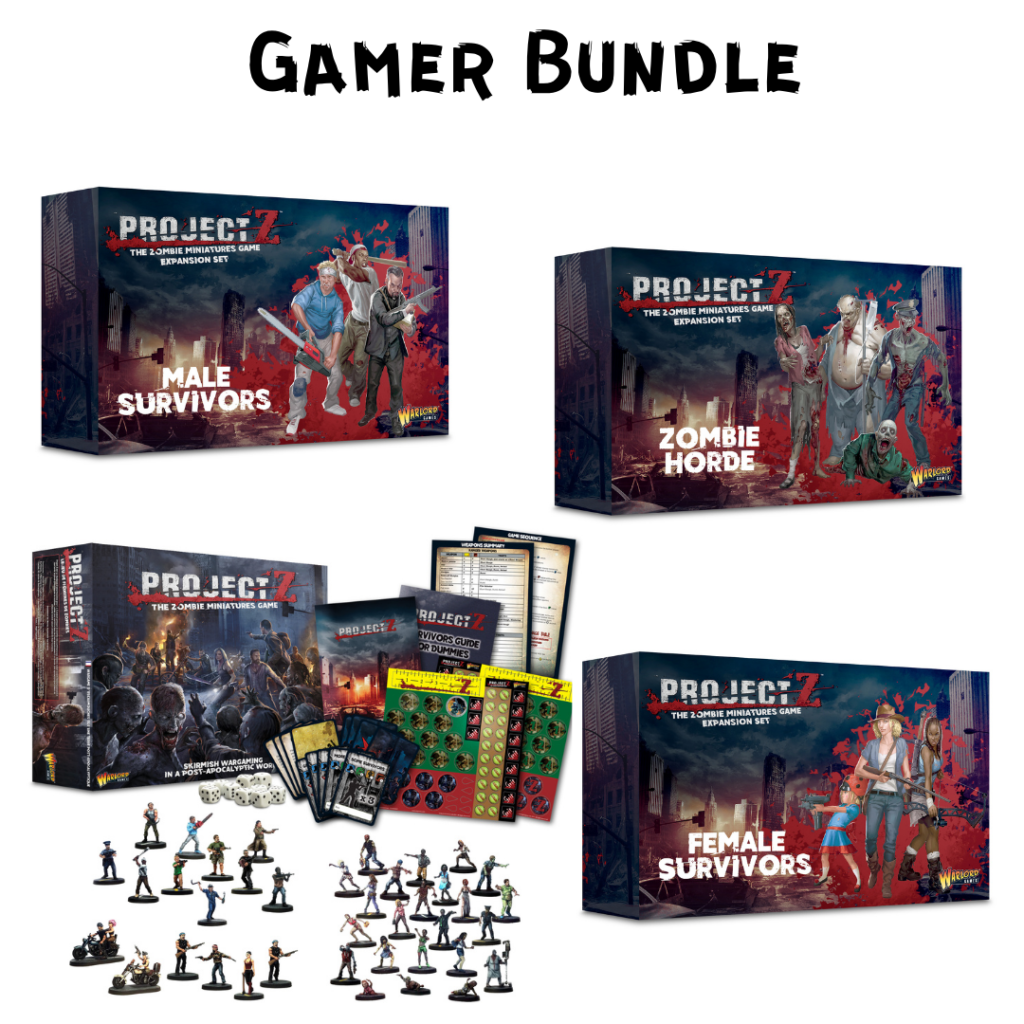
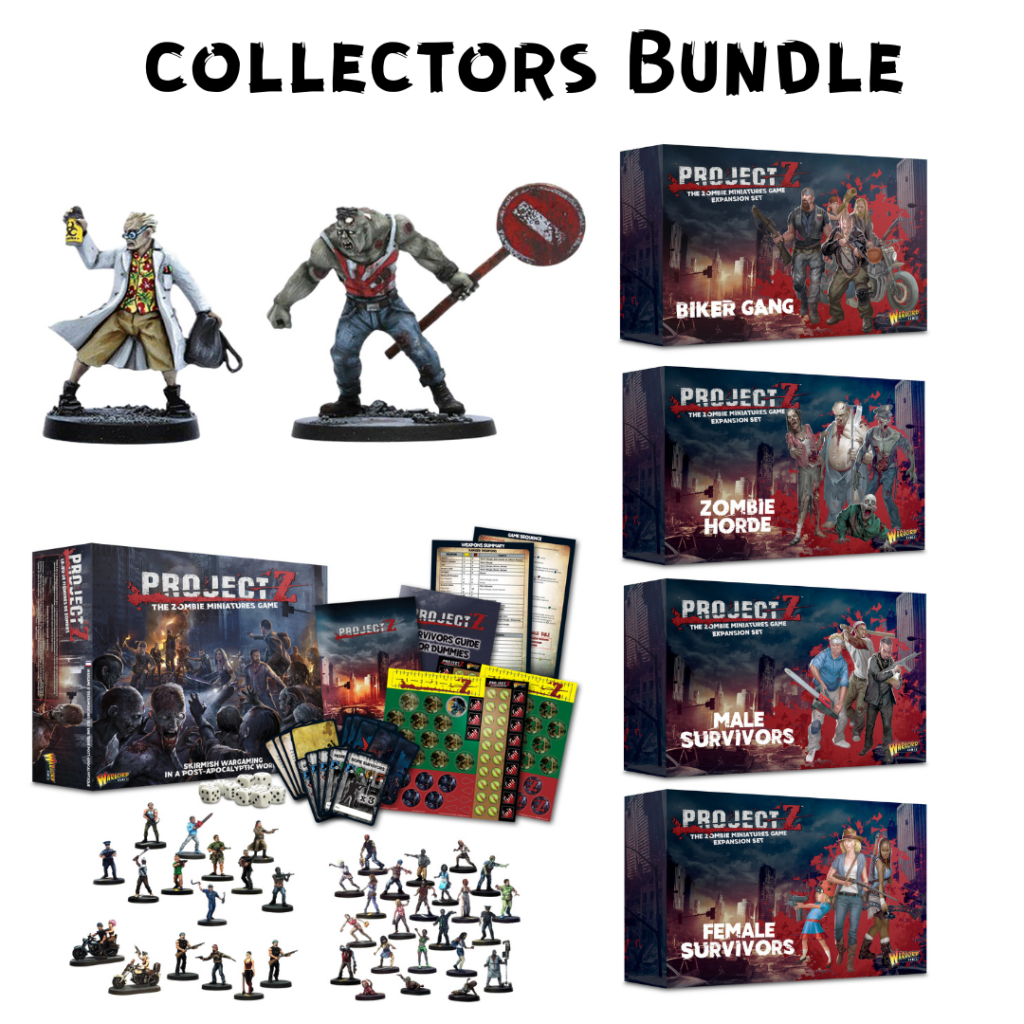
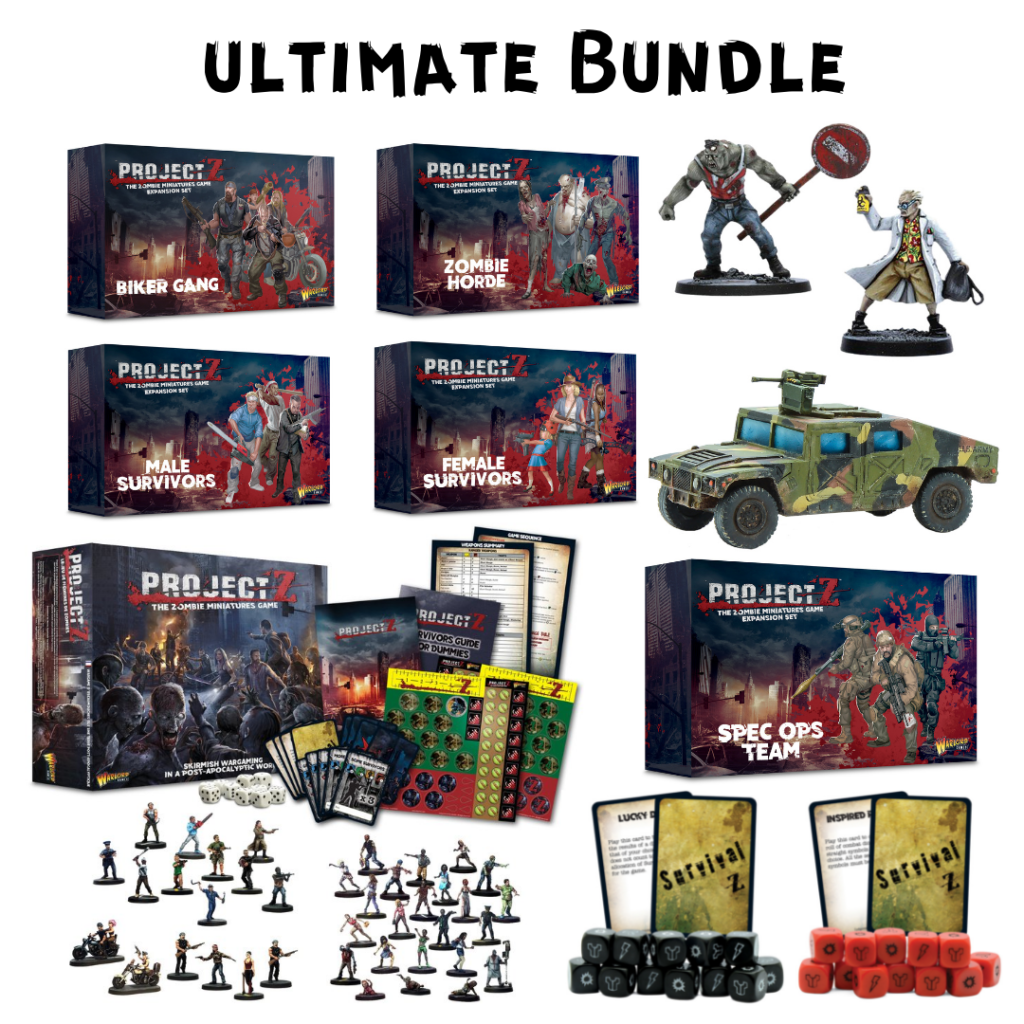
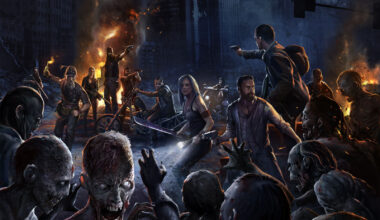
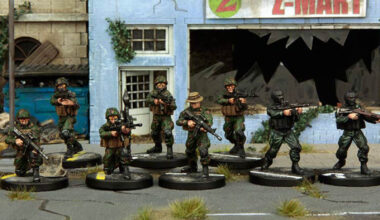
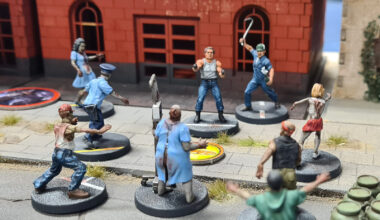
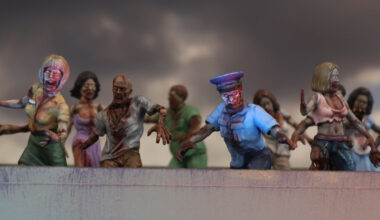
1 comment
Roughly what is the ETA for shipping on Project Z?
Comments are closed.